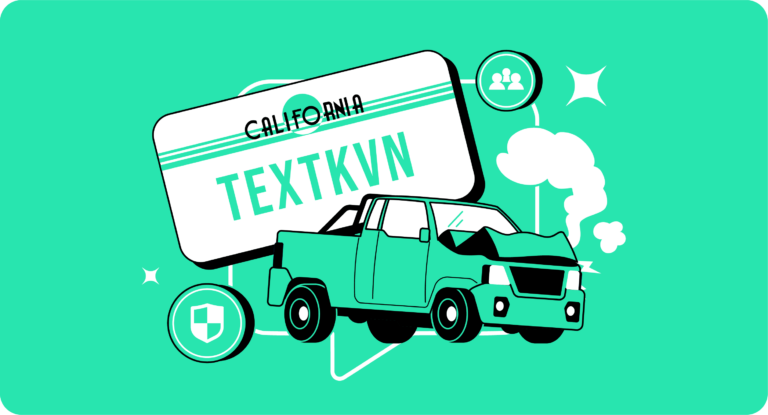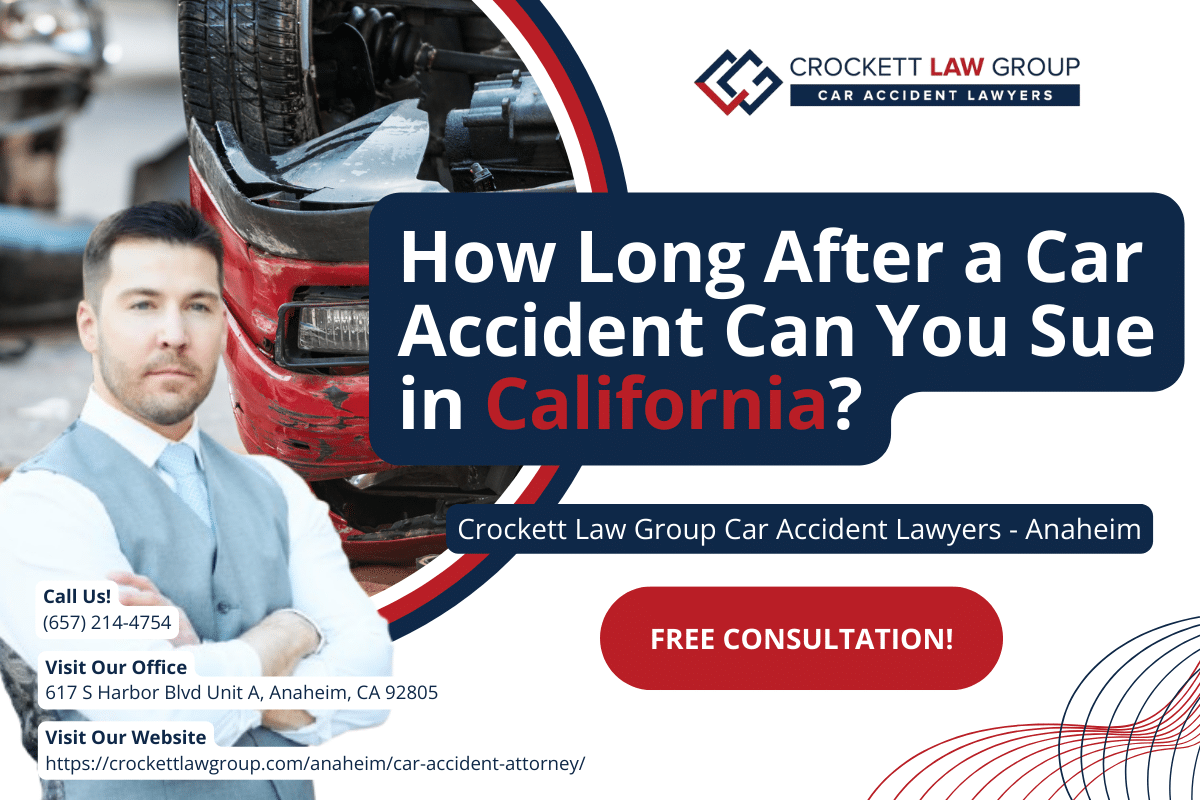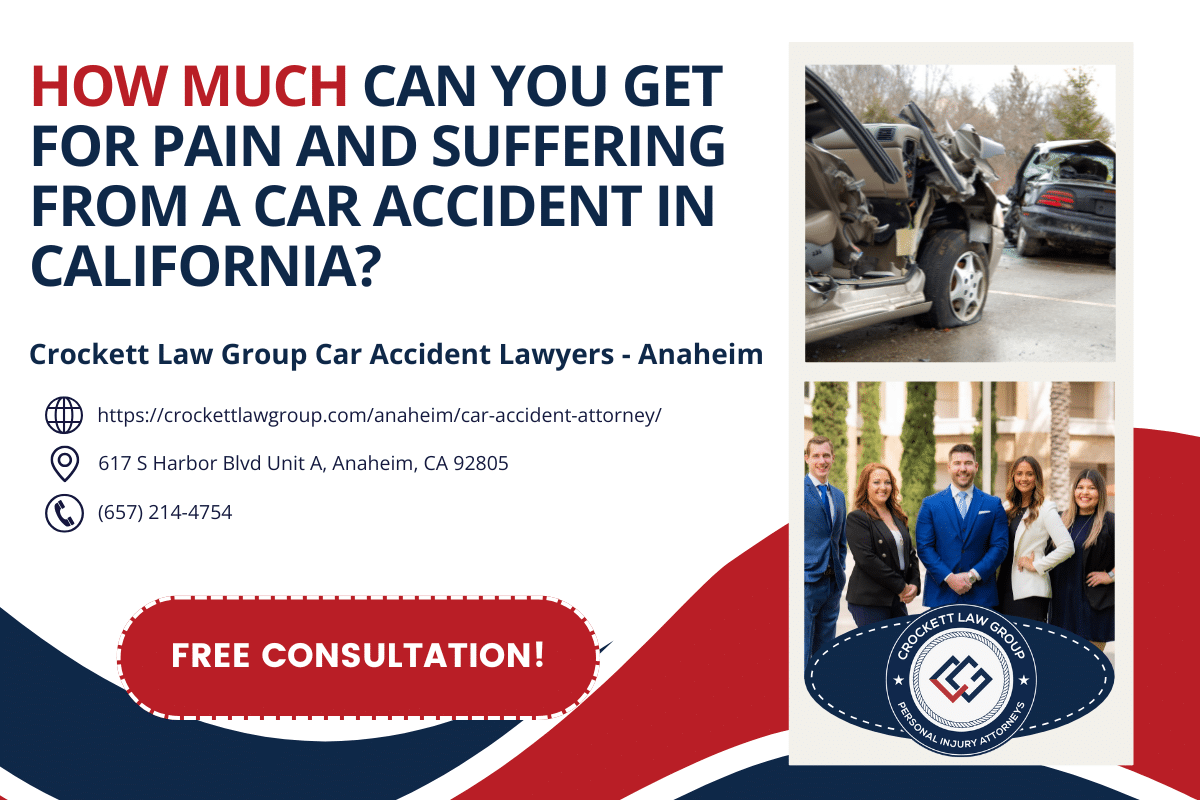Navigating the roads requires a keen understanding of traffic rules and the ability to anticipate the actions of other drivers. Among the many maneuvers a driver must master, left turns stand out as particularly challenging. Not only do they demand precision and timing, but they also come with their own set of risks. The phrase “how to win a left turn accident” might seem unusual at first, but for many, it represents a crucial quest for justice after a collision. In California, where the hustle and bustle of traffic is a daily reality, understanding the intricacies of left turn accidents is not just about knowing the rules—it’s about ensuring safety, protecting rights, and seeking redress when things go wrong. In this article, we’ll delve deep into the world of left turn accidents, exploring key strategies, evidence, and the legal landscape that shapes these incidents in the Golden State.
The Basics of Left Turns
Left turns, while seemingly straightforward, are layered with complexities that every driver should be aware of. Whether you’re a seasoned driver or just starting out, there are fundamental practices to keep in mind to ensure not only your safety but also the safety of others on the road.
What are 3 things you must do when taking a left turn?
- Check for Oncoming Traffic: Before making a left turn, it’s imperative to check for oncoming vehicles. This might sound obvious, but many accidents occur because drivers misjudge the speed of oncoming cars or simply don’t see them.
- Use Your Turn Signal: Signaling your intention to turn is not just a courtesy; it’s a requirement. By using your turn signal well in advance, you alert other drivers, pedestrians, and cyclists of your intended maneuver, reducing the chances of a collision.
- Yield to Pedestrians and Bicyclists: Intersections can be busy places, and it’s not uncommon to share them with pedestrians and cyclists. Always yield the right of way to them when making a left turn. Remember, they are more vulnerable than vehicle occupants and deserve extra caution.
Understanding and practicing these three fundamental steps can significantly reduce the risk of accidents during left turns. However, even with the best precautions, accidents can and do happen. In such cases, knowing the legal landscape and your rights becomes paramount, especially in a state like California where traffic laws have their unique nuances.
Understanding Fault in Left Turn Accidents
Determining who is at fault in any accident is crucial, as it often dictates who is financially responsible for the damages. In the realm of left turn accidents, the question of fault can be particularly contentious.
In California, the driver making the left turn is often presumed to be at fault in the event of an accident. This is because the law generally requires the turning driver to yield the right of way to oncoming traffic. However, this isn’t a hard and fast rule. There are situations where the oncoming driver might be speeding, running a red light, or engaging in some other form of negligent behavior, which could shift the blame or distribute the fault between both parties.
It’s also worth noting that California follows a “comparative negligence” system. This means that even if you are partially at fault for the accident, you can still recover damages. However, your compensation will be reduced by the percentage of your fault. For instance, if you’re found to be 30% at fault, you can only recover 70% of the total damages.
This complexity underscores the importance of gathering comprehensive evidence and seeking professional legal advice. Especially in left turn accidents, where perceptions can be skewed and the events leading up to the collision can be a matter of seconds, every piece of information can be pivotal.
The Prevalence of Left-Hand Turn Accidents
Left-hand turns, despite being a common driving maneuver, are disproportionately responsible for a significant number of road accidents. Their complexity, combined with the potential for human error, makes them a focal point for traffic safety experts and researchers.
How many accidents are caused by left-hand turns?
While exact numbers can vary year by year, studies have shown that left-hand turns are involved in up to 22% of all vehicular accidents. This is a staggering figure, especially when you consider that left turns are not made as frequently as other maneuvers like right turns. The reasons for this high rate of accidents can be attributed to several factors:
- Limited Visibility: The driver’s view can often be obstructed by various elements, such as other vehicles, buildings, or even the vehicle’s own pillars.
- Misjudgment of Speed and Distance: Estimating the speed of oncoming vehicles and judging the safe gap needed to complete the turn can be challenging, leading to collisions.
- Distracted Driving: Distractions, whether from mobile devices, passengers, or other sources, can cause drivers to make hasty or ill-informed decisions.
- Complex Intersection Dynamics: Intersections, especially in urban areas, can be bustling with vehicles, pedestrians, and cyclists, all moving in different directions. This dynamic environment can be challenging to navigate safely.
In California, with its dense traffic and intricate roadways, understanding the prevalence and causes of left-hand turn accidents is essential. It not only informs drivers of potential risks but also shapes policies and interventions aimed at reducing such incidents.
California’s Law on Left Turns
Navigating the roads of California requires a comprehensive understanding of its traffic laws. When it comes to left turns, the state has specific regulations designed to ensure the safety of all road users.
California Vehicle Code Section 21801(a) states that a driver intending to turn left or make a U-turn upon a highway, or to turn left into public or private property, shall yield the right-of-way to all vehicles approaching from the opposite direction which are close enough to constitute a hazard. The turn can only be made when it is safe to do so.
Several key points arise from this regulation:
- Yielding the Right-of-Way: The onus is on the driver making the left turn to ensure that the path is clear of oncoming traffic. This means waiting for a safe gap before initiating the turn.
- Judgment of Safety: The law emphasizes the driver’s responsibility to judge the safety of the turn. This includes considering the speed and distance of oncoming vehicles, as well as any other potential hazards.
- Protection of Pedestrians: While the code specifically mentions vehicles, drivers must also be cautious of pedestrians and cyclists who might be crossing the intersection.
It’s also worth noting that while the turning driver is often presumed at fault in left turn accidents, as mentioned earlier, there are exceptions. If the oncoming driver was speeding or violated any other traffic laws, they could share or even bear the entirety of the fault.
Understanding California’s laws on left turns is not just about compliance; it’s about fostering a culture of safety on the roads. By being informed and practicing due diligence, drivers can significantly reduce the risk of accidents and the subsequent legal complications.
Key Strategies and Evidence to Win a Left Turn Accident Case
When involved in a left turn accident, the aftermath can be overwhelming. From dealing with injuries to managing vehicle repairs, the challenges are many. However, if you believe you were not at fault or only partially responsible, building a strong case is crucial to ensure you receive the compensation you deserve.
Here are some key strategies and pieces of evidence that can bolster your case:
- Gather Eyewitness Testimonies: Witnesses can provide an unbiased account of the accident, helping to clarify the events leading up to the collision. Their testimonies can be invaluable, especially if there are discrepancies between the involved parties’ accounts.
- Document the Scene: If possible, take photographs of the accident scene, including vehicle positions, skid marks, traffic signals, and any other relevant details. These visuals can serve as compelling evidence in court.
- Seek Medical Attention Immediately: Even if your injuries seem minor, it’s essential to see a doctor. Not only does this ensure your well-being, but medical records also serve as concrete evidence of any injuries sustained during the accident.
- Obtain a Police Report: If law enforcement was called to the scene, they would have filed a report detailing their observations and any violations. This report can be a critical piece of evidence, especially if it indicates the other party was at fault.
- Consult with Insightful Attorney: Engaging with a law firm, like the Crockett Law Group, can provide you with guidance on navigating the legal landscape. They can help gather evidence, liaise with insurance companies, and represent you in court if necessary.
Remember, every left turn accident is unique, and the circumstances surrounding it can vary widely. However, by being proactive and gathering comprehensive evidence, you can build a robust case that stands up to scrutiny.
FAQs
What should I do immediately after a left turn accident?
Immediately after a left turn accident, ensure your safety and that of others. If possible, move your vehicle out of traffic, turn on your hazard lights, and check for injuries. Call 911 if there are any injuries or if the accident is blocking traffic.
How can I prove I wasn’t at fault in a left turn accident?
Gathering evidence is crucial. This includes photographs of the accident scene, eyewitness testimonies, and any available surveillance footage. A police report can also provide an unbiased account of the incident.
Can I still claim damages if I was partially at fault?
Yes, California follows a “comparative negligence” system. This means that even if you’re partially at fault, you can still recover damages, but your compensation may be reduced by the percentage of your fault.
How long do I have to file a claim after a left turn accident in California?
In California, the statute of limitations for personal injury claims resulting from car accidents is two years from the date of the accident. However, it’s advisable to consult with a legal expert to understand specific timelines and exceptions.
Do I need a lawyer for a left turn accident case?
While it’s not mandatory, having a lawyer can significantly benefit your case. An experienced car accident attorney can help gather evidence, negotiate with insurance companies, and ensure you receive the compensation you deserve.
Conclusion
Left turn accidents, with their intricate dynamics and potential for severe consequences, are a pressing concern for drivers in California. While understanding the rules of the road and practicing safe driving habits can significantly reduce the risk, accidents can still occur due to various factors. In such situations, knowing your rights and the legal avenues available to you is paramount.
If you or a loved one has been involved in a left turn accident, it’s essential to act swiftly. Gather evidence, consult with skilled lawyers, and ensure you’re well-informed about California’s traffic laws. And remember, you don’t have to navigate this challenging journey alone. The Crockett Law Group, with its team of experienced professionals, is here to guide and support you every step of the way. If you have questions or need assistance, don’t hesitate to reach out at (800) 900-9393. Your safety and rights are our top priority.










